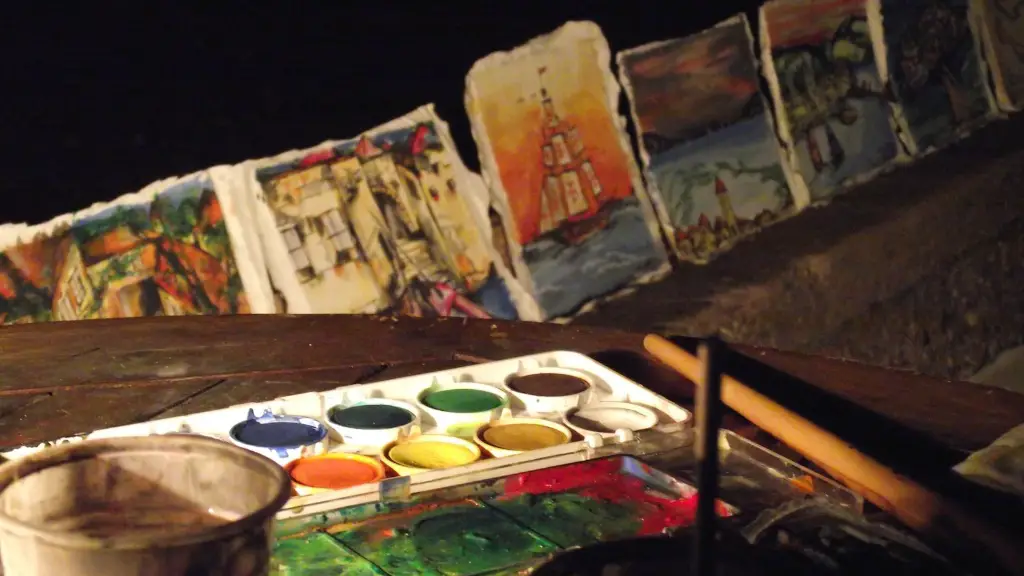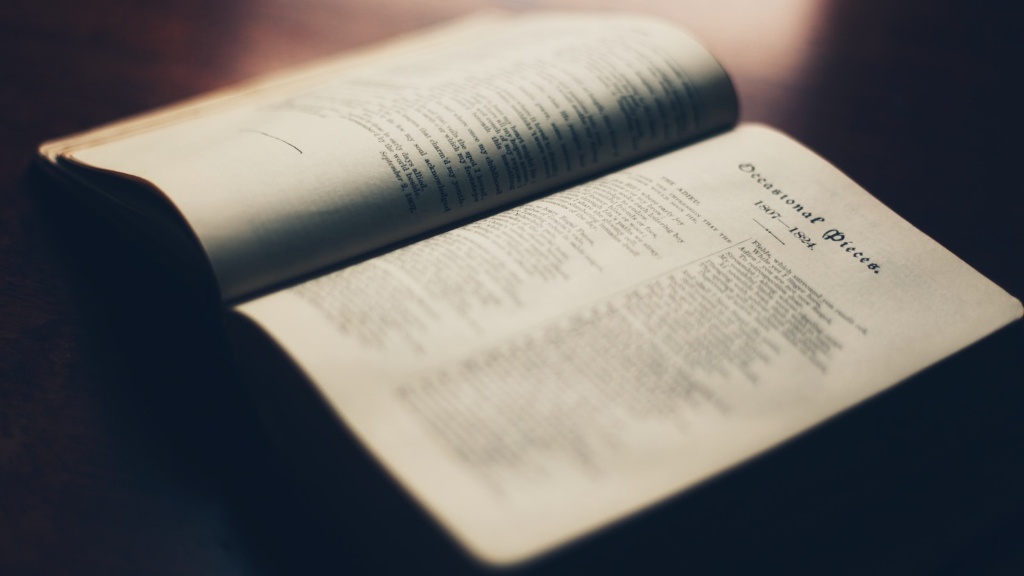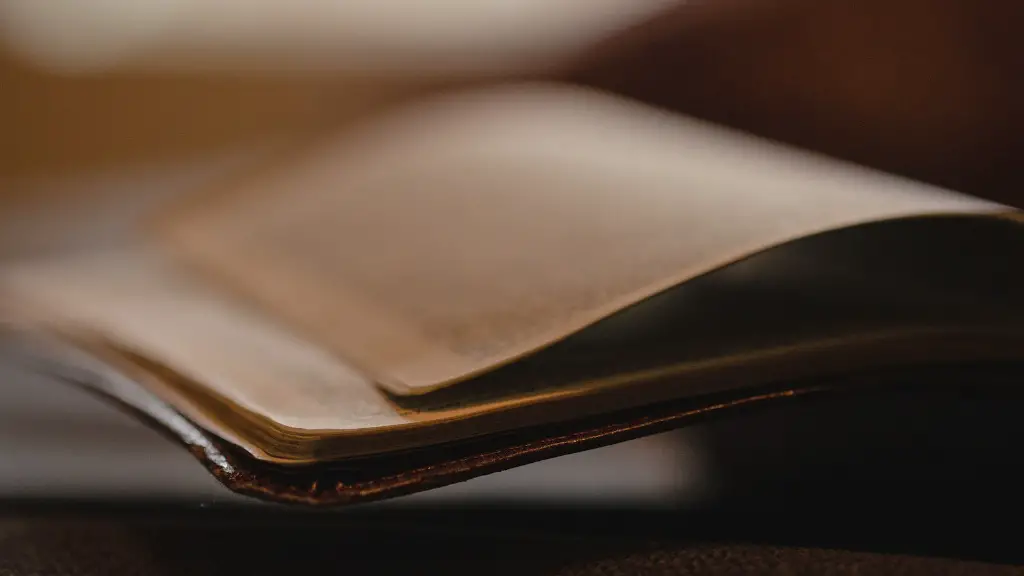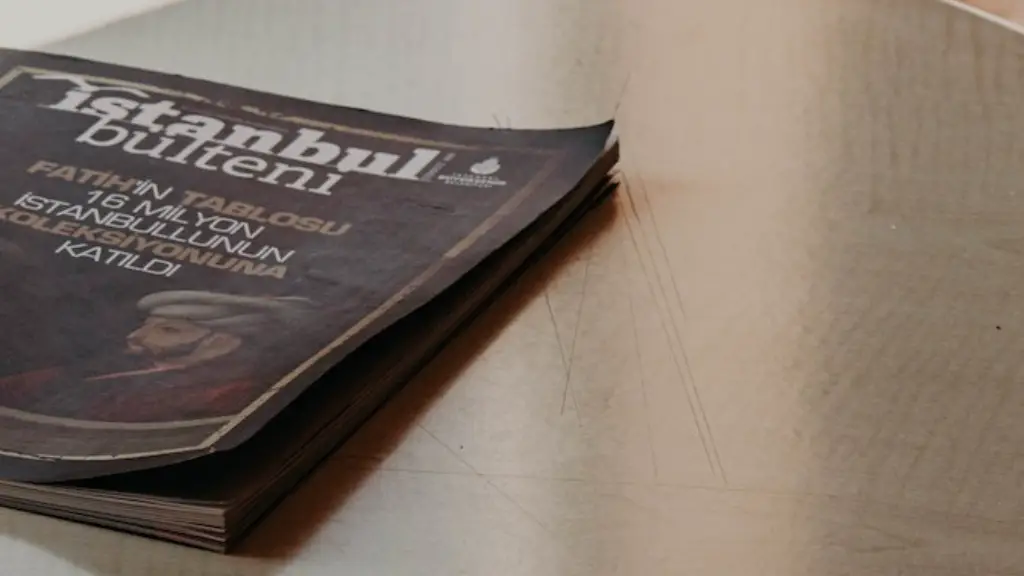Overview
Meter poetry is a form of written expression that uses carefully constructed rhythms, rhythms and sounds to convey an emotion or tell a story. It has been around for centuries, and is commonly associated with verses such as sonnets and haikus. This style of writing allows writers to express feelings and emotions in a unique way. Meter poetry is a type of written art and can often take on a life of its own, allowing writers to explore possible interpretations of their works.
Definition
Meter poetry is defined as a poem that is characterized by the use of structured poetic lines that are organized in a particular, repeating pattern. This repeating pattern is known as a “meter,” and it is created through the use of certain types of words, phrasing, punctuation, and even pauses. Metered poems can be written in a variety of forms, such as sonnets, haikus, ballads, and other forms of written expression.
History
The tradition of meter poetry dates back to ancient civilization. The most famous example is Homer’s Odyssey, where he wrote each line with a specific rhythm and meter. This tradition has carried through the ages and is still used by poets and writers today. Metered poetry is found in many different languages and is used to express and explore a vast range of emotions, experiences, and stories.
Techniques
In order to create meter poetry, writers must understand certain techniques and tools. One of the most important tools is understanding rhythm and the different types of feet that create it. Feet are how writers count the syllables and pauses in order to create a particular rhythm. Different types of feet include trochaic, spondee, dactylic, and iambic.
In addition to understanding feet, writers also need to pay attention to the types of rhyme they use. Rhyme is when two words have the same last sound, and can be used to help create a particular meter.
Forms
The most common form of meter poetry is the sonnet. This type of poem is composed of 14 lines written in a particular rhythm or meter. Other popular forms include haikus, which are three-line poems of 17 syllables, and ballads which are written in quatrains. No matter which type of meter poetry is written, the goal is to express an emotion or tell a story in a structured, poetic way.
Benefits
One of the benefits of writing meter poetry is that it allows writers to express themselves in a unique and creative way. Meter poetry is a form of art in which writers use words, sound, and rhythm to create something special. It also allows writers to explore different interpretations of their works and consider different points of view.
In addition, writing meter poetry can help develop skills such as critical thinking, communication, and problem-solving. It also encourages creative thinking, which can lead to innovative ideas when writing other types of works.
Style
When writing in meter poetry, writers should focus on using emotion and imagery to convey a message. It is important to think of the words and phrases used and how they can be arranged to create a particular atmosphere or emotion. For example, words like “lonely,” “desolate,” and “forlorn” can create a desolate atmosphere. Other words and phrases like “gleaming,” “green meadows,” and “hummingbirds can create a peaceful atmosphere.
Punctuation
Punctuation is also an important aspect of meter poetry. It can be used to create rhythm and pauses in a poem. For example, the use of exclamation points and dashes can help create a particular rhythm. On the other hand, the use of colons and periods can create pauses in a poem. Punctuation should be used to help create the desired effect in each poem.
Inspiration
Writing meter poetry can be a great source of inspiration for writers. It is a form of expression that can be used to explore a range of emotions, experiences, and stories. By exploring the different forms and techniques of meter poetry, writers can gain a greater understanding of writing and explore new ideas. Furthermore, meter poetry can be a great way to express oneself in a creative and unique way.
Tools
In order to write meter poetry, it is important to use the right tools. Writers should use digital tools such as rhyming dictionaries and metronomes to help develop their skills. Metronomes are particularly useful as they can be used to help the writer understand the rhythm of a particular poem. In addition, they can be used to practice different types of feet, such as iambic, trochaic, and anapestic.
Competition
Competitions for meter poetry are a great way for writers to hone their skills and get feedback from other writers and professionals. Participating in meter poetry competitions can help writers get valuable feedback from judges and other participants. It can also provide an opportunity to learn from other writers and to explore new ideas and techniques.
Resources
Writers can find a wide range of resources to help them develop their meter poetry skills. There are books, websites, and even apps that provide information on meter poetry. For example, websites such as PoetrySoup, PoetryFoundation, and RhymeZone provide helpful information and tools. In addition, there are writers can join online writing groups, forums, and communities that are dedicated to poetry and meter poetry. Joining these communities can help writers learn from experienced poets, share ideas, and find inspiration.



